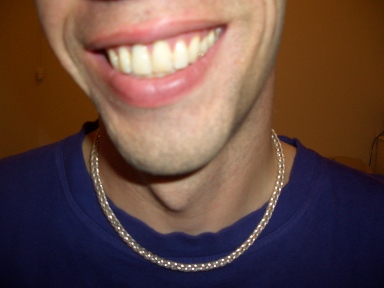
Yesterday, I cashed in some of my time-in-lieu and left work early to spend the rest of the day wandering in the sunshine. I was in an unusual head-space, mentally and physically restless while seeing the familiar Wellington scenery with fresh eyes. I was approached by a couple of young mormon missionaries and had a pleasant chat with them, then decided to go and see the dots.
“The dots” is what Wellington has come to call the City Gallery’s exhibition, Yayoi Kusama: Mirrored Years. Kusama’s immersive and engaging work has proved a huge success, drawing big crowds, and the City Gallery building itself has been covered with dots in honour of Kusama’s iconography.
I thoroughly enjoyed the exhibition. There were some lovely mirrored spaces that provided a fully immersive environment, and the two “Dots Obsession” rooms containing gigantic 3D shapes were imaginative and powerful.
However, I found that it was the smaller, less dramatic works that had a bigger effect on me, if you can call these giant canvases small. Here’s one that takes up an entire wall: Stars Obsession A, B, C (This may not be the specific painting on display in Wellington, but it’s part of this series at least.) This image revealed new aspects of itself as I stood in different relation to it, and I particularly loved how my initial impression of simplicity when close by (forced by the gallery, which put another object close creating only a narrow walking channel) was completely unseated when I viewed it again from further off and saw how subtle colour gradations gave an incredible texture and depth to the image.

I’m curious about whether the curators at City Gallery did that deliberately, placing another object to force that contrast of perceptions from up close (on one side) and far away (on the other). The exhibition has not been supervised by Kusama, who has not come to New Zealand with her work. Curators have been given significant freedom in arranging and presenting the work. In the initial flurry of interest in the show, this was a frequent negative talking point in the Wellington media, but it has disappeared completely since the show’s success became obvious. For my part, there’s only one curatorial decision that seems wrong to me, and that’s the juxtaposition of the “clouds” works (here they are in Sydney) with these large black-and-white canvases full of obsessively repeated motifs. I didn’t think these works had much to do with each other, and the fact that they’re both monochrome overwhelmed any other aspects of either set. (Of course, this might have been a space issue – this is a big show, and compromises will have been needed somewhere.)
My favourite piece was one of the simplest, and also one where curatorial input mattered a great deal. Kusama’s Narcissus Garden consists of a large number of football-sized mirrored spheres. In the City Gallery, they have put this piece in the space directly across from the entrance hall, a big wooden floor with windows at the end. The spheres are arranged right up against the walls, up to six balls deep, as if they have rippled out there from the centre. The more I stayed in this space (which, given its unassuming character and proximity to the coat-check, took me a while to properly appreciate) the more it had an effect on me. The mirrored spheres crowding against the walls seemed to be retreating from me, trying to push themselves as far from me as possible, like magnets repelling each other. My reflection in every sphere thoroughly implicated me in this. There was an undeniable emotional level to the experience too, as though I was responsible for an unsettling disequilibrium. The piece resolved itself into something quite emotionally aggressive, not remotely pleasant, but something that seized me and forced me to consider how to move on from it. (That last is always a sign that an artwork has grabbed me.)
So, I really loved that piece, and it was easily the highlight of the show for me. But here’s the thing – my experience, I’m certain, is nothing like what was intended by the artist. Narcissus Garden was launched in an infamous art-prank in 1966, when Kusama turned up at the Venice Biennale with the full piece and proceeded to hawk off the spheres for a couple bucks a pop. A photo of that incident shows the spheres all sat together on a small grassed plot. When they install this piece, curators have to make their own decisions about what to do with the mass of silver balls. A google image search shows the variety of solutions that different galleries have adopted. The City Gallery decision to push them to the edges of a large space is quite unlike the choices made elsewhere.
So where does that leave my experience of the piece? I am fascinated, to be honest, by the fact that my interaction with it wouldn’t have happened at any other Kusama show in the world. What this does is highlight for me just how much engaging with artwork is a fundamentally creative act. To me, and this will surprise no-one who knows the patterns lodged in my thinking, art is about interaction. Artworks are an opportunity for us to create personal responses through our experience, and the back-and-forth between these two is where everything of value and meaning happens.
Or, put another way, art is a game we play.
The show finishes on Sunday. If you’re in Wellington, it’s worth the effort to go see the dots.











